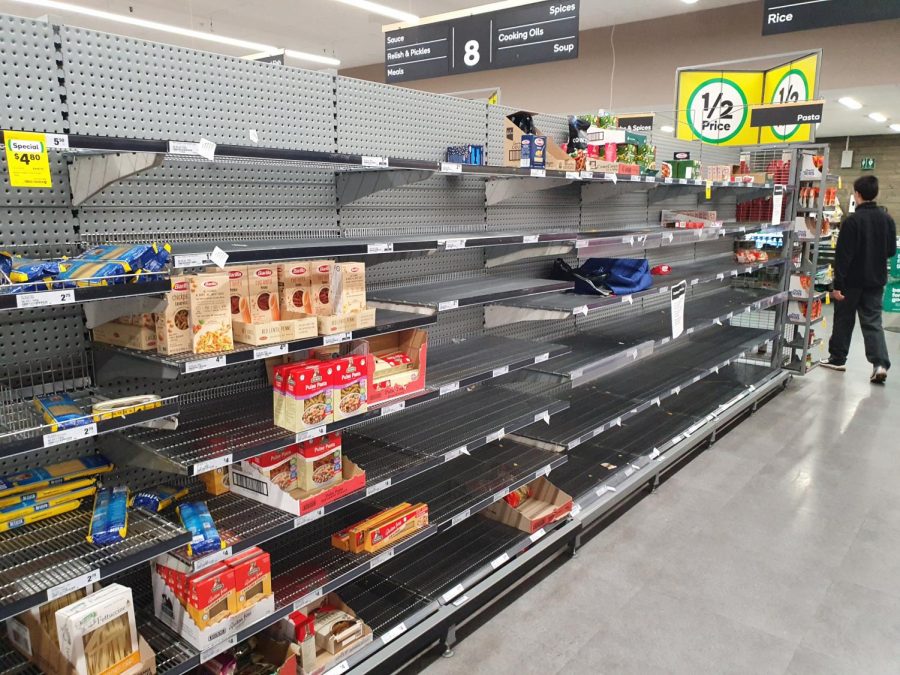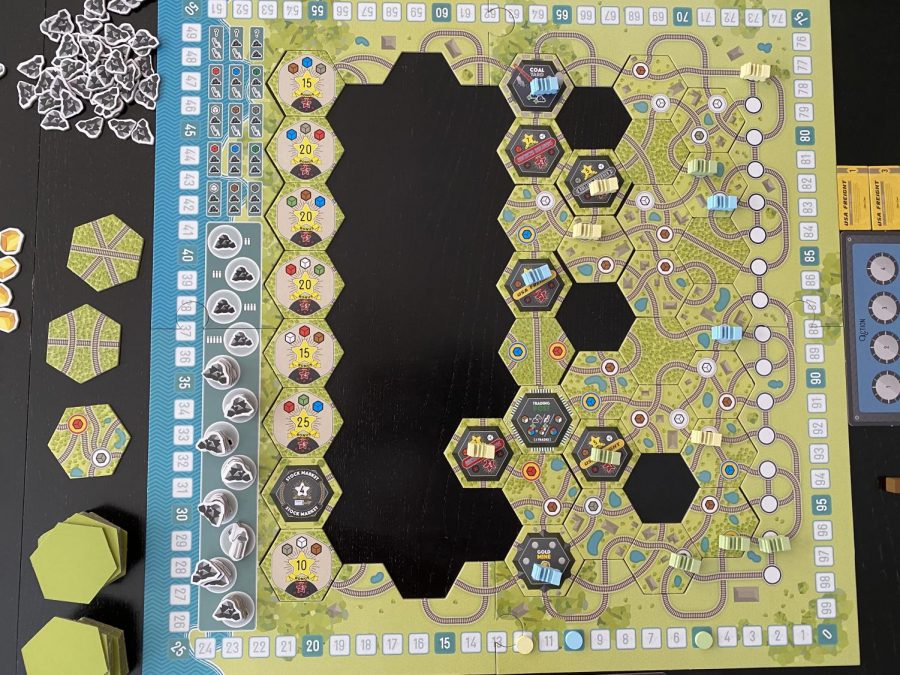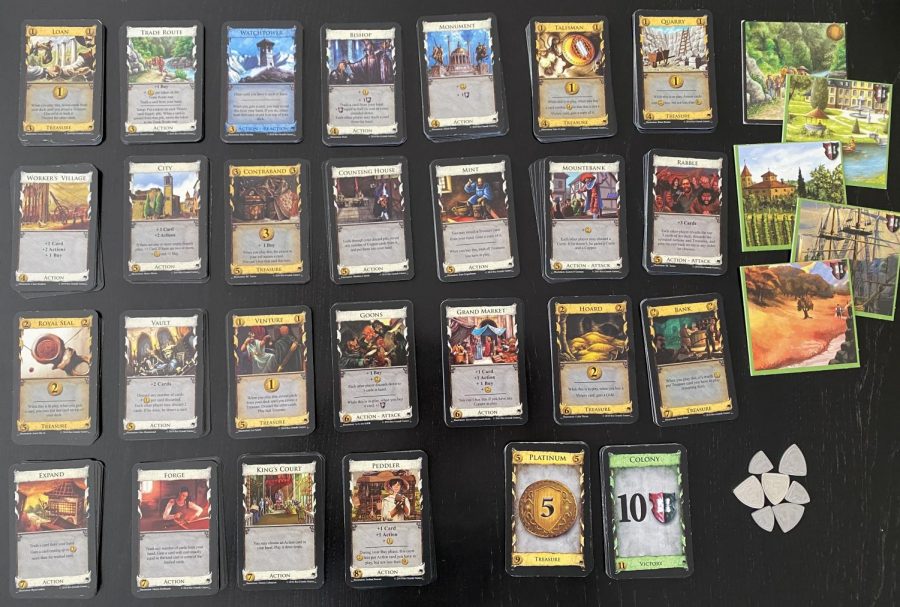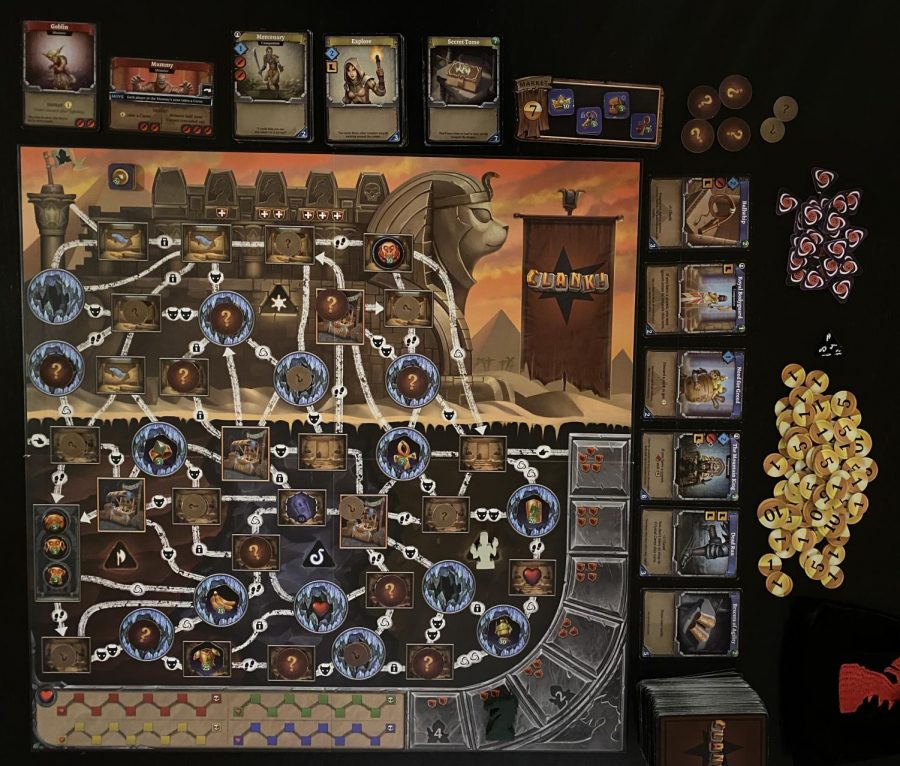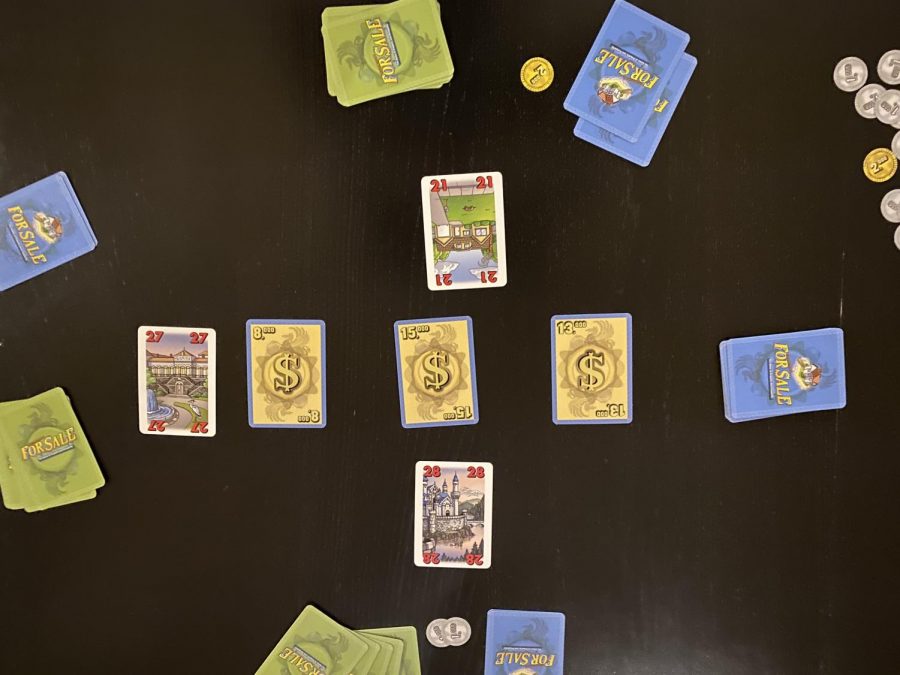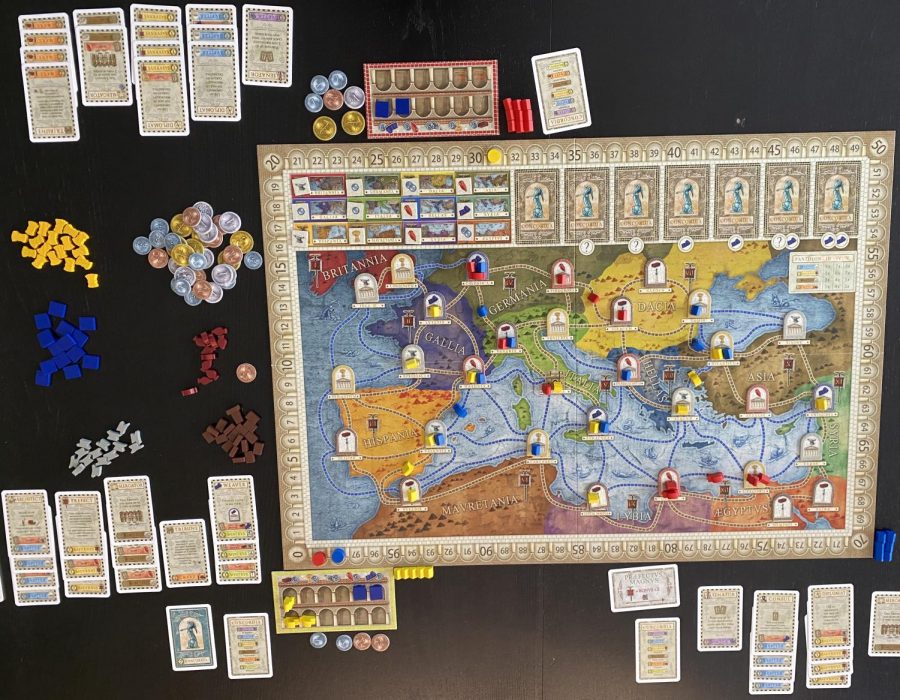How to thrive after the coronavirus arrives is an informative blog with ideas intended to improve the lives of those who are stuck at home.
During the COVID-19 crisis, Bay Area residents are ordered to shelter in place, which guarantees that there are plenty of people eating all three of their meals at home.
Although the original order was sudden and rapidly changed many people’s routines, it didn’t do the same deed for stores. With the increase in hoarders, the supply chains which were previously in place simply cannot accommodate the increased demand, and therefore certain items such as milk or toilet paper are nearly impossible to reliably purchase. To more easily adapt to this new lifestyle, I’ve compared many of the popularized methods for grocery shopping, as well as the benefits and drawbacks of each.
Grocery Stores:
If you are willing to accept that perhaps one or two of the items on your grocery list aren’t going to be available, the store is still one of the most efficient and cost-effective options to purchase groceries. The store does not struggle with the logistical hassle that many of the delivery services introduce but unfortunately forces the buyer to visit a public place where they are more likely to become infected. During my visit to Trader Joe’s San Mateo, I found that baguette bags are taped shut to prevent possible contamination from customers and staff.
Delivery services significantly reduce the number of people you are exposed to in other environments. Due to this, all types of delivery services are experiencing high demand as a result of the outbreak. Unless you have a backlog of food at home, which will last a while, it isn’t suggested to rely on a service’s estimated delivery time frame.
Instacart allows its users to order from a variety of local and chain retailers. Instacart’s delivery costs $7.99 for orders less than $35, and $3.99 for other orders. I attempted to place an order on Instacart’s website, and the next available order delivery time was four days ahead.
Amazon Fresh traditionally offers free two hour delivery (on a cart with more than $35 total) on items from Whole Foods Market. According to a notice on their website, deliveries are subject to inventory and capacity. Amazon Fresh requires its subscribers to have a Prime membership. Additionally, a Reddit user reported having their order canceled immediately after placing it, receiving an apology letter.
“As COVID-19 has spread, we’ve seen a significant increase in people shopping online. Today this resulted in an impact of the system, which has affected our ability to deliver orders tonight,” read the letter.
Ordering From Restaurants:
If you’ve become tired of cooking your own meals, one of the things you should consider doing is ordering deliveries from small restaurants in your area, which are currently legally prevented from opening their doors to the public. These restaurants need to generate some minimal amount of revenue to pay for utilities while lawmakers are working on some type of general relief.

